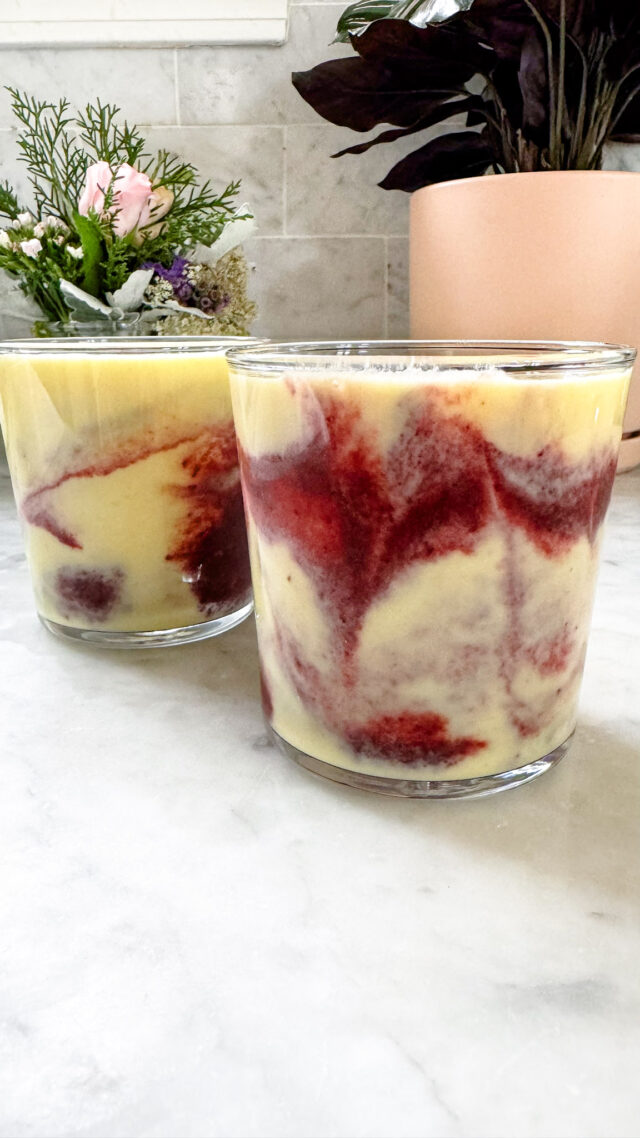Rest your garlic. This is one of the easiest ways to make tons of your recipes way healthier. You already know garlic’s amazing for you, right? You’ve heard about it’s antiviral, anti fungal and antibacterial -one twelve-week study found that daily garlic consumption decreased the likelihood of getting a cold by 63%. It’s been proven to be just as effective as pharmaceutical drugs at reducing blood pressure, it’s been shown to lower both total and LDL cholesterol by 10-15%, and it even detoxes heavy metals from the body.
But here’s the catch: to get all of those health benefits, you have to prepare it properly. The active therapeutic compound, allicin, is only released when garlic is crushed or chopped, and even then it takes at least 10-15 minutes to develop. Once it’s developed, you can lightly cook the garlic without dramatically lessening it’s health benefits (because while raw garlic is technically best, we’re all about splitting the difference between health, flavor and horrible breath around here). If you follow most normal recipes, they’ll have you chop your garlic and toss it directly into the pan at the beginning of your cooking (often with the onions, before you add anything else), which a) drastically reduces the health benefits and b) puts you at risk for burning the garlic, turning its amazing savory-sweet flavor into something altogether more pungent and bitter.
So what do I do?
Here’s my easy two-step process for cooking with garlic (which you’ll see reflected in any of my recipes that include it):
1) I chop my garlic first. I prep the garlic before I prep any other ingredient, to give the allicin ample time to develop while I’m working with the rest of my ingredients, without having to set a timer or worry about it too much.
2) I add my garlic last. Garlic only needs to be lightly cooked to soften its intense flavor and permeate the rest of the dish, and the less you cook it, the more its health benefits are preserved. If I’m cooking a soup, I’ll add it 10 minutes or so before I’m ready to take it off the heat; if I’m doing a stir-fry, I’ll add it in the final minute or two. If I want something with super potent therapeutic benefits – like my immunity daal, which is my go-to whenever I feel myself getting a cold – I actually fully remove the dish from heat before adding the garlic. The residual heat in the dish is enough to soften the sharp edges of the garlic’s flavor, but the vast majority of the benefits remain intact.
All of that said, if I really want garlic at it’s top immune benefits (say, you’re in the middle of a really bad cold or flu and care less about flavor than just getting better), you really want to leave it raw. In these situations, I make my immunity toast, which leaves the garlic raw while neutralizing the flavor with honey (also renowned for its therapeutic benefits) and greens.












Leave a Reply